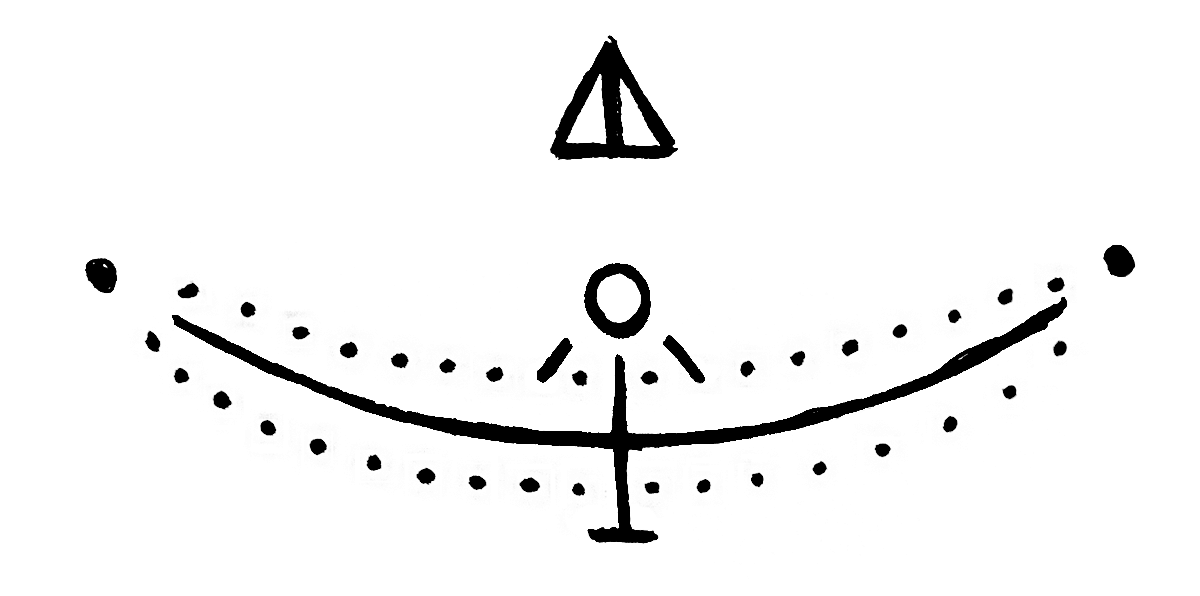Terreiro de Mina Dom Miguel
28:22
Tambor de Mina. Praise to Orixás, Voduns and Enchanted. Father Lindomar Saraiva Barros. Terreiro de Mina Dom Miguel. São Luís. Maranhão state. Terreiro established over 23 years ago
Tambor de Mina
Spin-spin-spin counter-clockwise, because chronological time as taught at school makes no sense for those who perceive life from the encounters between time and space. There are European kings, Christians, Turks, Jews, Gypsies, Amerindians, pink river dolphins. They come from all over while the drum, Mina drum, plays to the energy from São Jorge da Mina (Saint George of the Mine): enslaved men from beyond the sea, Ghana, Togo, Benin, and Nigeria. Spinning, they fulfill the trance and posses their children so they can join the party.
"Boi Esperança is a king from Italy
crowned upon the waves of the sea”
Worship song to a bandeirante king

Four types of entities are received for this celebration: voduns and orixás, gentis or fidalgos, caboclos, tosossis and minas. The most notorious voduns are Doú, Averequete, Badé, Sobô, Euá, and Abê. The most revered orixás are Ogum, Oxossi, Xangô, Iansã, Nanã, and Iemanjá. The fidalgos: Dom João, Dom Luís, Rei Sebastião, Dom Pedro Angaço, Rainha Dina, Rainha Rosa, Vandereji, Rei da Turquia, and Légua Boji (the entity at Terecô de Codó). The two latter bring along their caboclo families, reason why they’re also considered the Encantados da Mata (Jungle Enchanted) or Caboclos.
Much more than a dance, it is an important Afro-Brazilian religion born in Maranhão towards the end of the 18th century, structured upon two matrix houses: Casa das Minas Jeje (consecrated to vodum Zomadonu) and Casa de Nagô (consecrated to orixá Xangô). In their rituals, voduns are superior and everything begins and ends with them, but when the beats and the chants change, it means there’s room for other entities to be commemorated.

"The Catholic pray, the Evangelical recites.
We sing, dance, and play"
Father Lindomar
The liturgy’s complexity is the trademark of this faith. Instruments, outfits, entities’ behaviors, and alternating songs: Jejê, Nagô, doctrines in Portuguese and litanies in Latin. Their ceremonies are discrete and only in detail can they be understood. In the same terreiro, the celebration is Yorubá, Ewe-Fon, Fanti-Ashanti, Ketu, Agrono, Cambinda, Amerindian, European. It’s impossible to separate Tambor de Mina from popular Catholicism, local folklore, or Encantaria (Enchantments): nevertheless, one can’t say they are all the same.

There are almost five thousand terreiros and nineteen Tambor de Mina Nagô houses incorporating Orixás in Maranhão state, the one marking the frontier between the Northeast and the North of Brazil, with a population that adds up to seven million inhabitants. At eighteen years of age, Lindomar Saraiva, son of Xangô, started Terreiro de Mina Dom Miguel where today, at forty, he is the leading priest: Babalorixá or vodunon, since he practices both Candomblé and Tambor de Mina.
He is the one who leads the singing during the ceremony for Orixás, Voduns, and Enchanted Worship. Wearing the clothes from his family of bandeirantes, with Brazil and Italy printed on the same fabric, the people in his terreiro celebrate in honor of Légua and all his riverside children, workers, simple people from the country, from the handling of nature.
"When they speak of syncretism, I close my eyes and see slavery.
I remember the lords passing by and reprehending the black”
Father Lindomar

With their leather hats, this entity’s outgoing and playful people come in to transform that terreiro into a Maranhão state landscape: myths trace another geography as they spin. And they are reborn once enchanted, continuing a story that surpasses what is life or death, earth or heaven: the Sacred is presented in the routine of the food, of the drinking water. Faith is a fabric made of many energetic threads that meet to feed off each other.
interview
Babalorixá Lindomar
27:47
